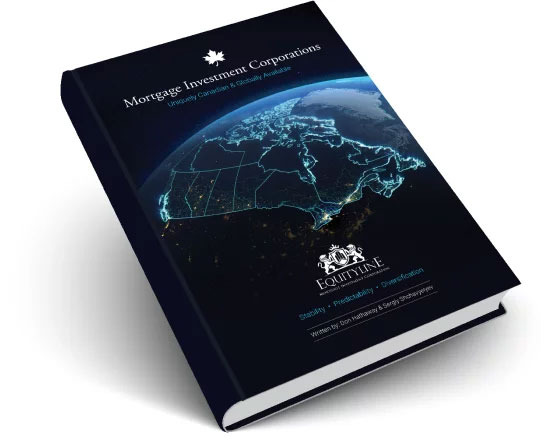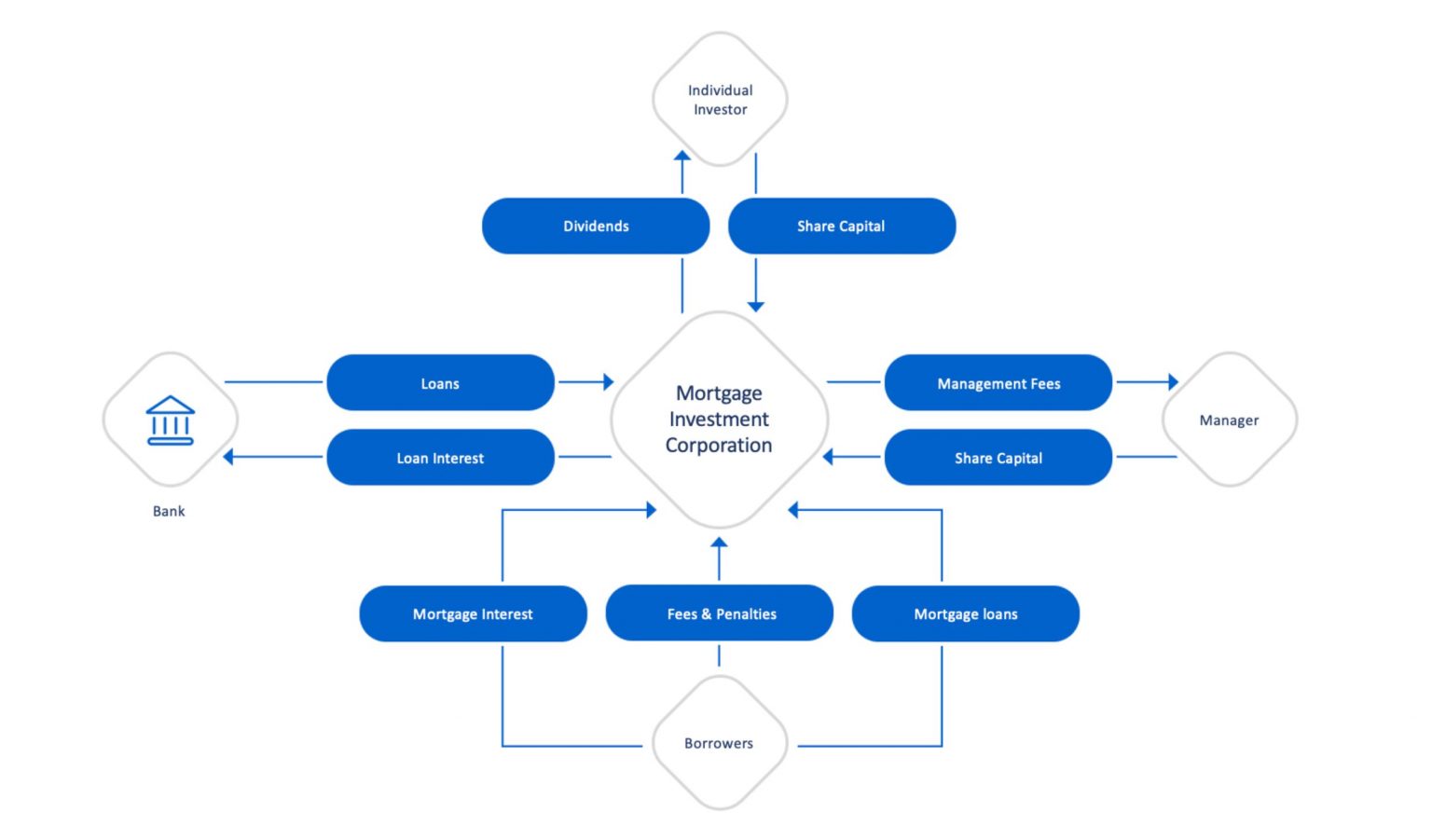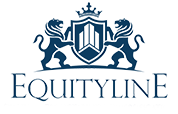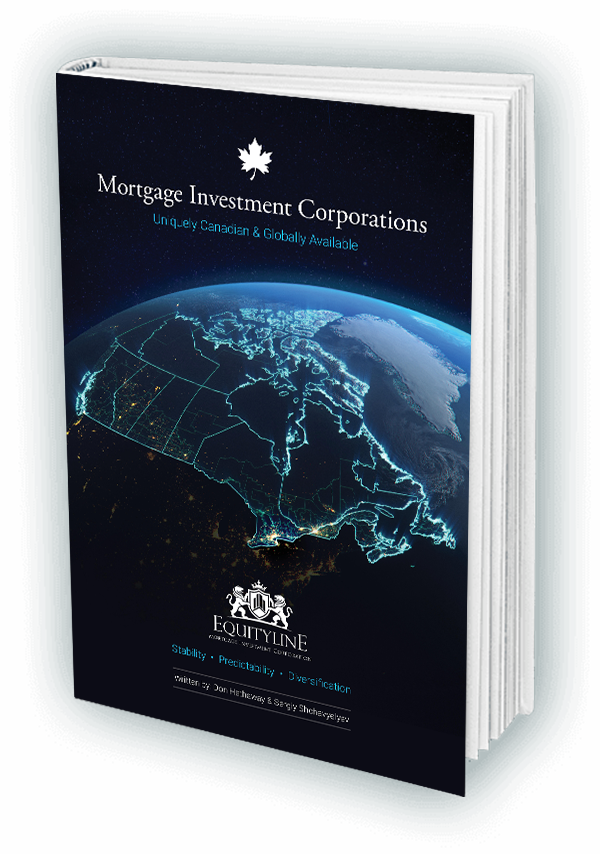About MICs

How MICs got their start in Canada
In 1973, the Government of Canada introduced legislation to address a chronic shortfall in mortgage funding across the country. Because of rapid population growth and other factors, there was an annual projected gap, at that time, of $2.3 billion between funds needed and funds available for residential and commercial real estate mortgages nationwide. An important part of the government’s solution was to create a new class of financial instrument: the Mortgage Investment Corporation (MIC).
MICs were designed to meet two key objectives:
1. Provide qualified borrowers (individuals, developers) with an alternative to traditional mortgages through a loan facility mechanism with less rigid terms and conditions than financial institutions generally impose.
2. Provide private investors with a safe mechanism and regulated way to invest in mortgage loans with terms between 6 and 36 months at considerably higher rates than most financial institutions offer.
MICs are now firmly established in Canada as investment and lending corporations geared specifically towards mortgage lending. Investors pool their money by buying shares in a MIC, and the MIC lends those funds to borrowers who provide their real estate as security.
Governed by Section 130.1 of the Income Tax Act, MICs pay no corporate tax and act as flow-through entities. They must pay out all their taxable income in the form of dividends.
For tax purposes, a MIC’s dividends are treated as interest income in the hands of the shareholders. Shares of a MIC are eligible investments under the Income Tax Act for RRSPs, RRIFs, DPSPs, RESPs and TFSAs.

For an in-depth look at the MIC
opportunity and EquityLine’s
approach, read our book
Mortgage Investment Corporations:
Uniquely Canadian & Globally Available
How MICs are structured
Canadian MIC Structure

To qualify as a Mortgage Investment Corporation under the Canadian Tax Act, requirements for a MIC include:
- A MIC must have at least 20 shareholders
- No shareholder may hold more than 25% of the MIC’s total capital
- At least 50% of a MIC’s assets must be residential mortgages, and/or cash and insured deposits at Canada Deposit Insurance Corporation member financial institutions
- All MIC investments must be in Canada, but a MIC may accept investments outside of Canada
- A MIC may invest up to 25% of its assets directly in real estate but may not develop land or engage in construction
- A MIC is a flow-through investment vehicle and distributes 100% of its net income to its shareholders
- Dividends received with respect to directly held shares that are not held within registered plans are taxed as interest income in the share holder’s hands
- A MIC’s annual financial statements must be audited
- A MIC may employ financial leverage by using debt to partially fund assets
How MICs are managed
The management of a MIC is responsible for all aspects of the MIC’s operations, including sourcing suitable mortgage investments, analyzing mortgage applications, negotiating applicable interest rates, terms and conditions, instructing solicitors, managing the mortgage portfolio and general administration.
Like an investment fund, the manager of a MIC receives a management fee, typically calculated as a percentage of assets under administration. EquityLine’s management fee of .5% to 1% is among the lowest in the industry.

Considering Investing?
Please speak with your Financial Advisor or Dealing Representative about EquityLine MIC. If you do not have a Financial Advisor or Dealing Representative, please contact us and we’ll connect you with one.



